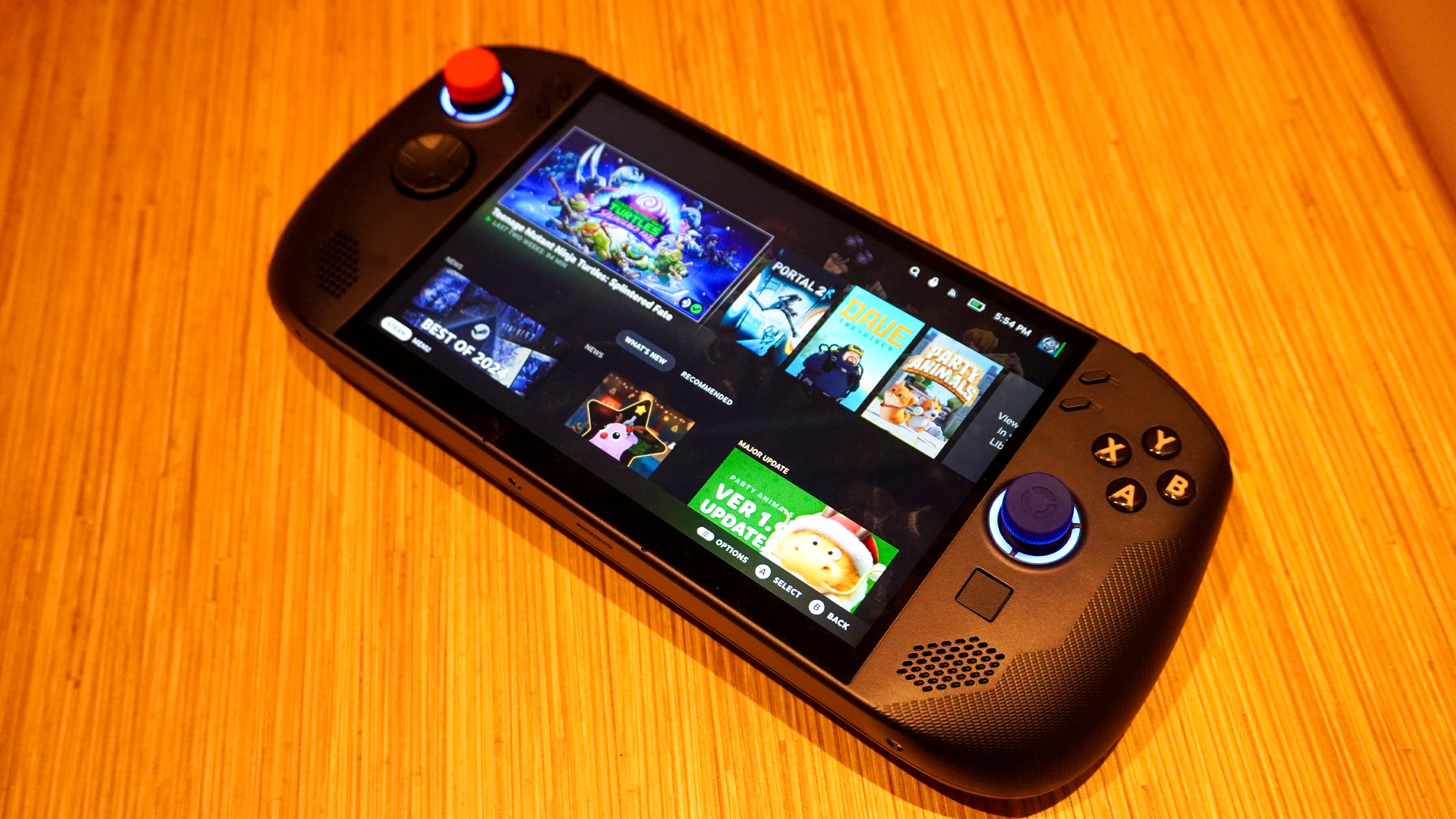
It took me through the five stages of grief to come to the acceptance of this headline. As a loyal Steam Deck player, I’d be heartbroken if the news came out that Valve never makes a second generation.
But at the AMD and Lenovo event named “The Future of Gaming Handhelds,” I got a chance to talk to Valve’s SteamOS designer Pierre-Loup Griffais (on the left) about it and the answers were…well they didn’t inspire much confidence in more handheld hardware coming from the company.
Not to say that Valve isn’t thinking about it. It’s kind of clear from Griffais’ answers (more on those later) that some talks have started. But with SteamOS’ journey progressing from just being on one really good console to being on as many devices as possible, is the original Steam Deck going to be chalked up as something that walked so the rest of the industry could fly? Maybe.
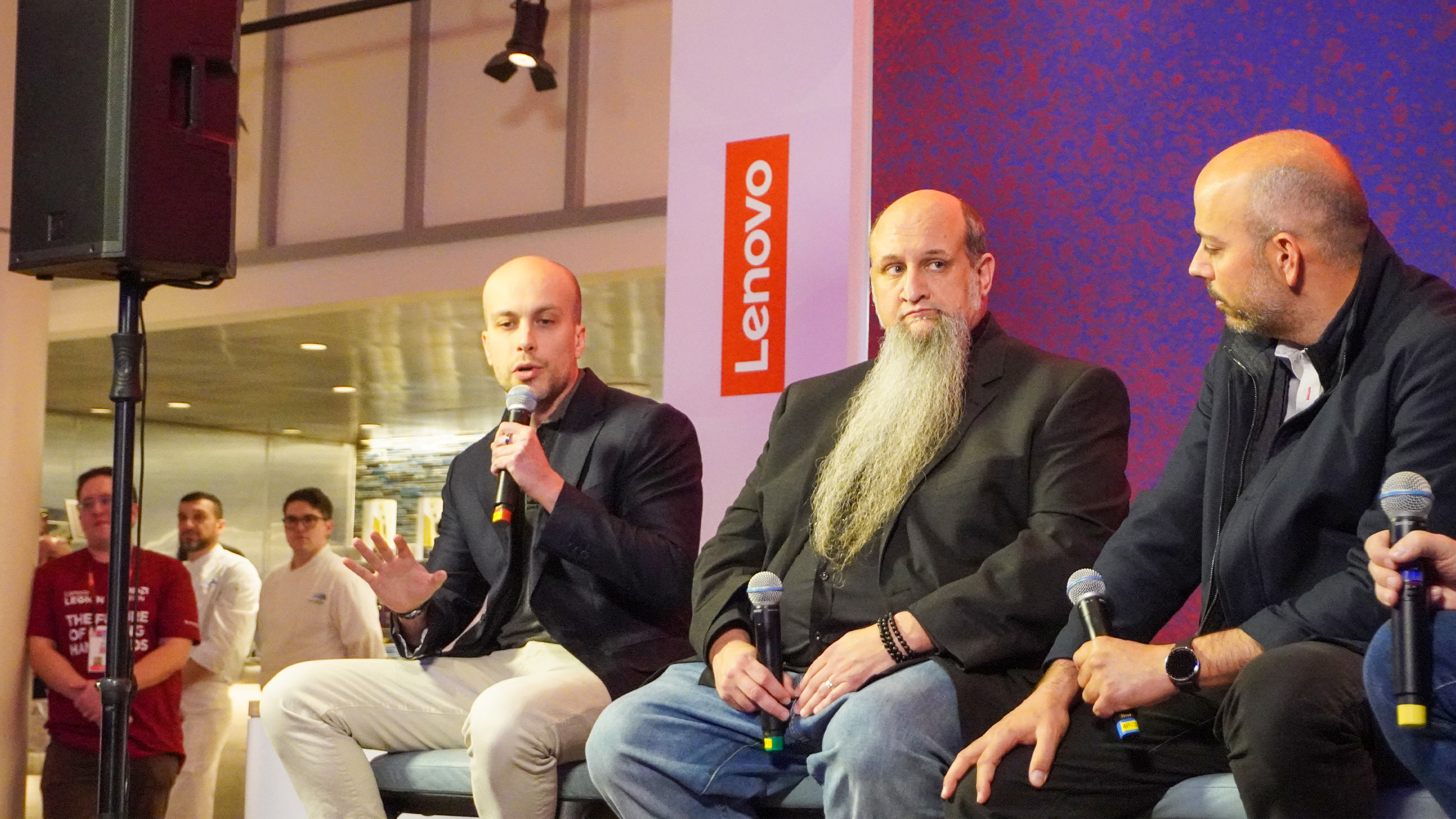
AMD Ryzen Z2 is not enough for Valve
So let’s iron out some confusion that’s been caused at CES. When AMD was talking about the new Ryzen Z2 silicon, the company highlighted the Steam Deck on one of its presentation slides — kicking up speculation of a Z2-powered Steam Deck.
After this, Griffais made it clear on Bluesky that “there is and will be no Z2 Steam Deck.” However, when the post was deleted, this caused some further bamboozlement. So I opened my chat with him on this topic to get to the bottom of what was going on.
“There is no Steam Deck 2 with Ryzen Z2, and we aren’t thinking about new hardware until next year at least,” Griffais commented. “We want to see bigger performance and power efficiency improvements within that 8-15 watt power envelope.” Being honest, I felt a little awkward after writing that the Z2 would be enough to warrant a Steam Deck 2 earlier this week!
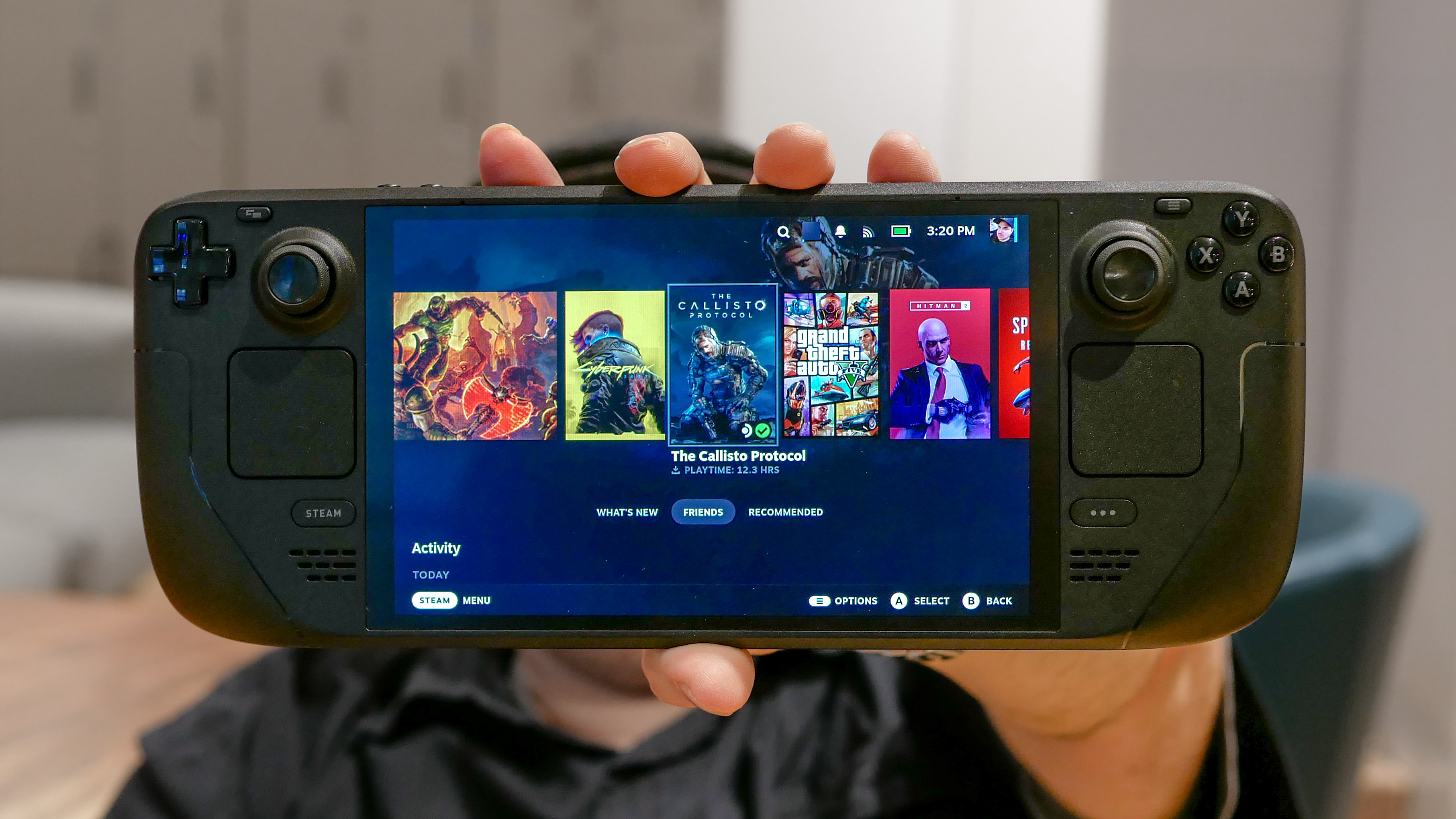
You see, the current custom AMD chipset in the Steam Deck runs with this level of power, and Valve doesn’t want to deviate from this, as it would sacrifice battery life. “We don’t want to be looking at 20-30% improvement or anything like that, because we don’t think that’s meaningful enough for developers and for users.”
What does that mean? 40%? 50%? More!? Griffais didn’t say. But given the incremental gains over the last 18 months from Z1 to Z2, you could be waiting a long time for this to come to fruition.
At that point, I asked about the plans for when higher gains can be found — will Valve go back to custom AMD silicon, to which Griffais was quick to say “not necessarily AMD!” It’s an interesting clarification that suggests that if the time comes for a next-gen handheld, Valve may look elsewhere.
SteamOS is going to be everywhere
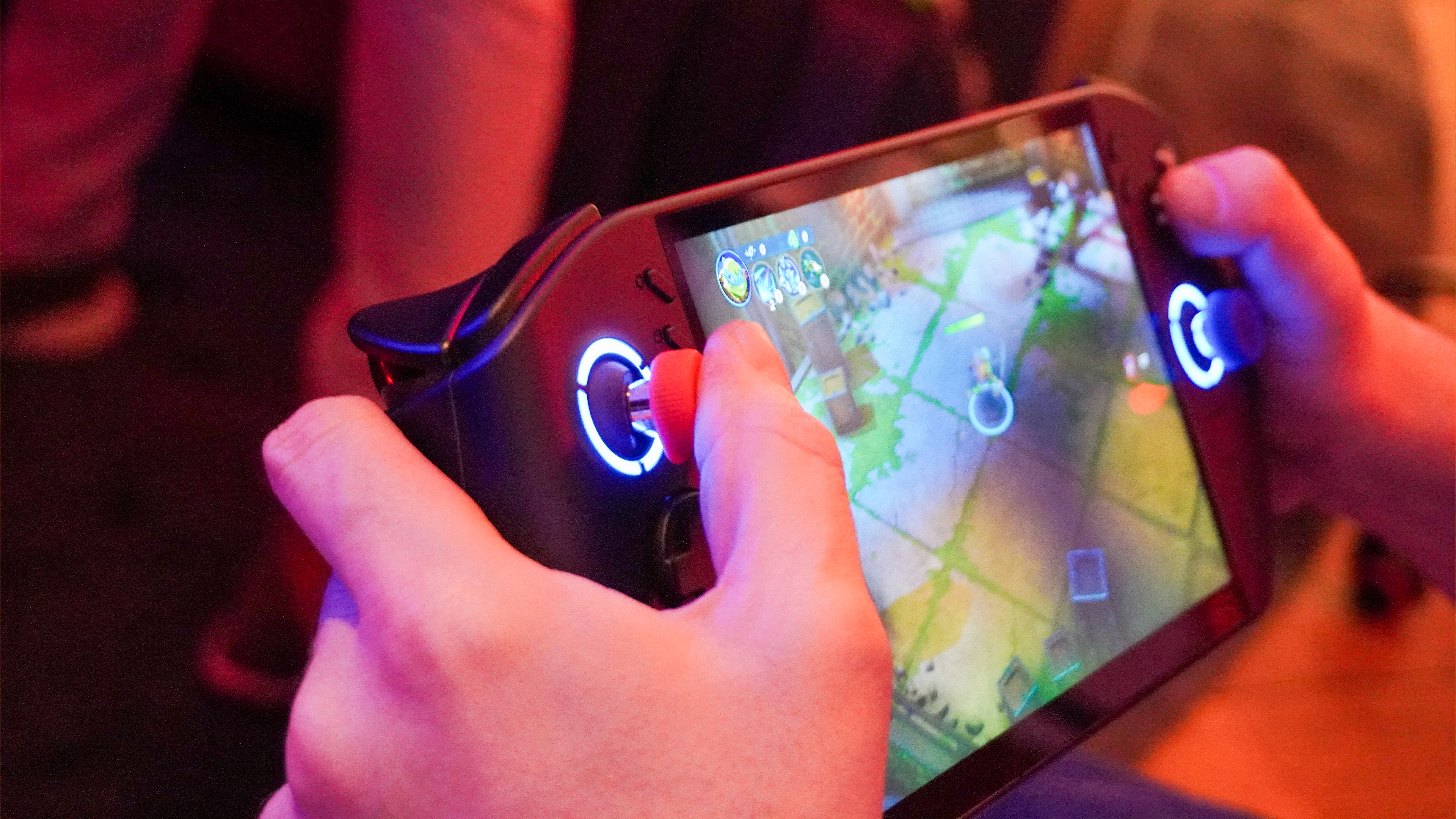
You’re already seeing beta channel updates providing greater compatibility for SteamOS on more popular handhelds. But with the Lenovo Legion Go S, it’s clear that you can expect to see many more make the leap over.
When asking about whether Valve is in talks with other companies beyond Lenovo, Griffais confirmed that these conversations are happening and that he sees it as a “bi-directional relationship” where both sides will have to put the work in to make it make sense.
But with these relationships, how does the Steam Deck fit into this ever-growing tapestry of SteamOS? “Our hardware is in a certain segment, and there’s other segments that prioritize other things that we don’t,” Griffais continued. “For example, some handhelds prioritize performance at the sacrifice of battery life, and others favor accessibility. We’re happy to slot in alongside them and offer consumers more choice.”
But when the time comes, will there even be a slot for them to fill in? Or could it be counterproductive to add another option onto the pile? Let me be clear — while that sounds defeatist, this is a good problem to have.
Everyone talks about the Xbox portable like it's the device that will save the PC handheld market from Windows 11 being rather naff to use on a small touchscreen. Microsoft’s VP of “Next Generation” Jason Ronald (the guy in the middle) had a little to say about this too — acknowledging the problem and confirming to me that you can expect to see the way Windows works on a handheld change.
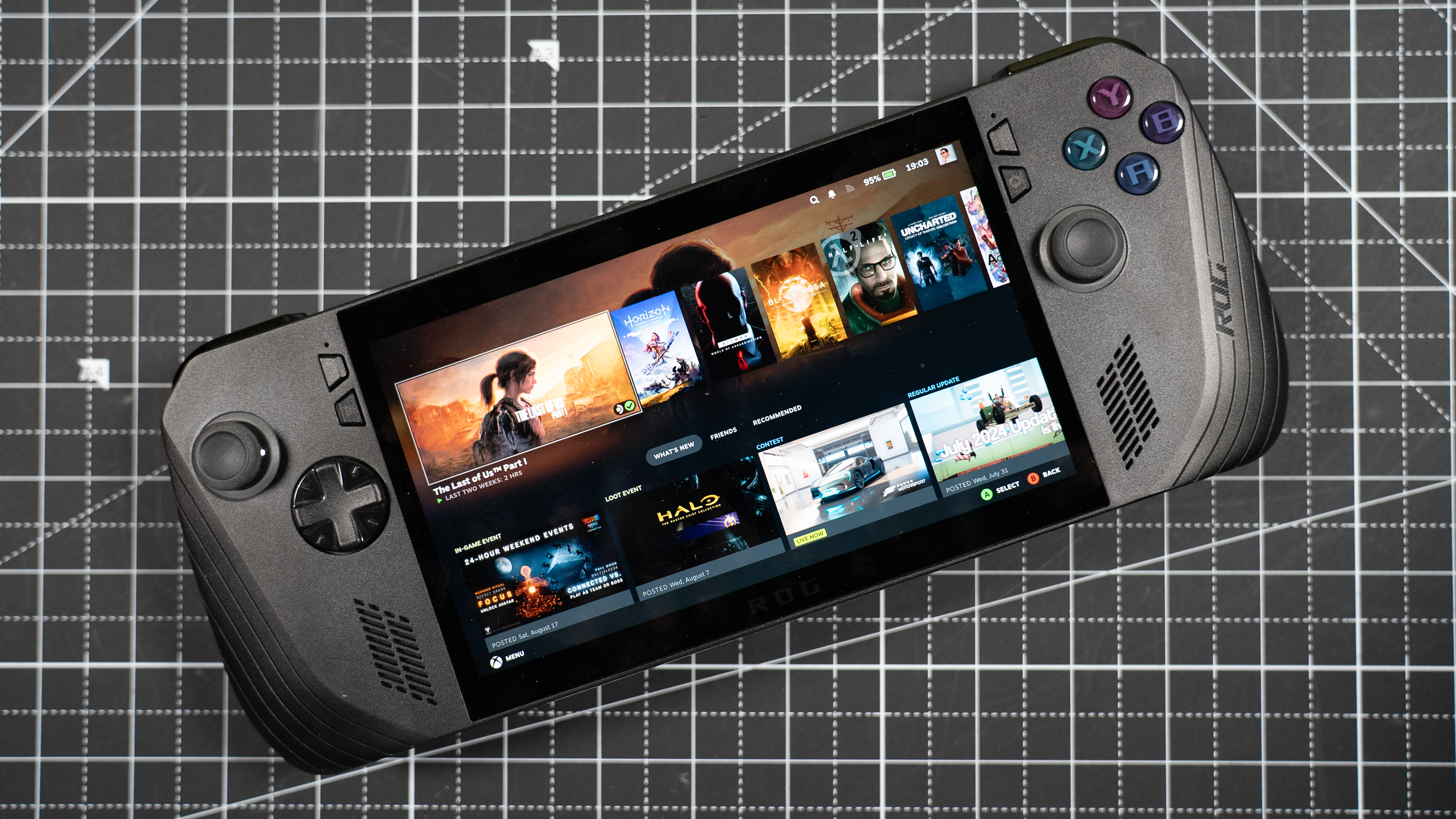
Pairing that with him talking about plans to bring the Xbox experience to Windows, and it’s clear that at some point this year, Windows 11 may get a major overhaul on smaller screens.
While Steam Deck 2 has a great potential to do well,\ with a huge market of handhelds coming this year (starting with Lenovo) that run the vastly superior SteamOS, maybe Valve holds back and lets other devices do the talking.
The variety of choices will be there, and inevitably, you will see companies create devices that fill that sweet spot between performance and battery life that Valve takes up. So the company could find itself in a “work smarter, not harder” kind of situation.
Outlook
With these planets aligning — a gaming handheld industry that is able to ditch Windows 11 and jump over to SteamOS and the more gradual line of chip improvements — the question now is does Valve even need to build a new Steam Deck?
Maybe the Steam Deck 2 isn’t actually a single new piece of hardware, but rather a large variety of options from Lenovo, Asus and MSI. I mean sure, they could make something that sets the standard for all its third-party hardware makers to hit. But will they? I’m not so sure.
If we read between the lines of what Griffais said, the fact that he emphasized “this year” could mean that a second-generation handheld with a custom APU comes in 2026. But by this point, ultraportable gaming will have moved forward a whole new generation. Another CES will come and go, and we’ll probably be talking about Ryzen Z3 and Z3 Extreme chips!
So yes, I’d be upset if we don’t get a second Steam Deck, but not heartbroken. Just like when Valve reorganized itself around the juggernaut that is the Steam store and dropped other projects, we may very well see the same as one thing is clear from my conversations on and off the record — SteamOS is about to launch into the stratosphere, and that’s good news for gamers.







